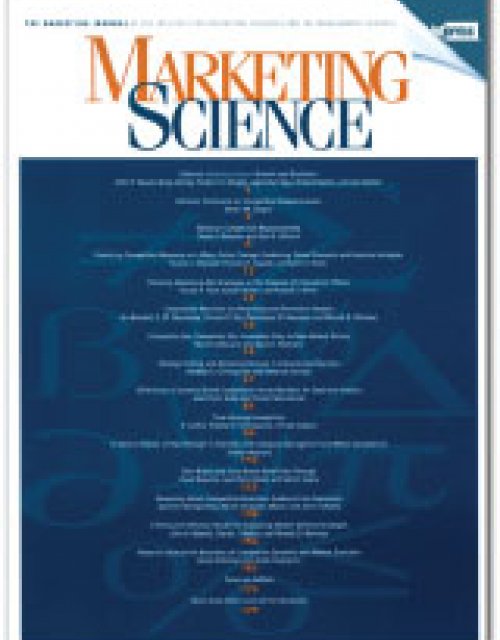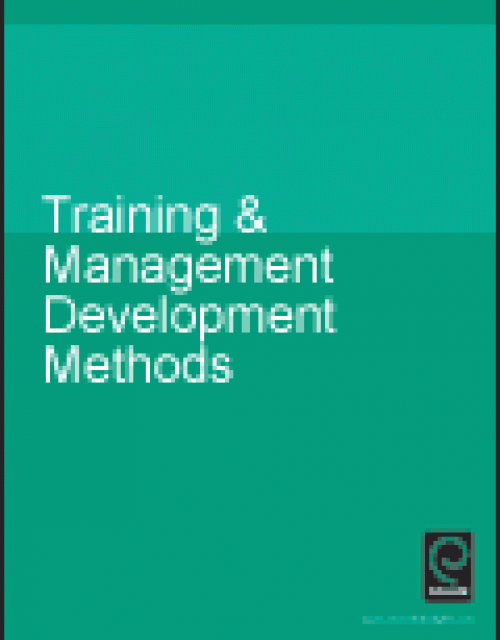Publication records
Subject(s)
Ethics and social responsibility
Keyword(s)
banking, ethics, conflict of interest, politics, leadership, crew resource management
This case describes the events that led to the near-collapse of Bankgesellschaft Berlin and the subsequent restructuring that was completed in July 2007. The state-owned bank was saved from failure by a capital injection of 1.8 billion euros and a guarantee for the covering of losses of up to 21.7 billion euros provided by the state of Berlin. These measures almost bankrupted the state of Berlin and had wide-ranging political consequences. The case therefore highlights the current problems of the German banking system, which is dominated by publicly-owned savings banks. The case covers the events of Bankgesellschaft Berlin between 1996 and 2006. It opens with Thomas Kurze, a member of the management board of Bankgesellschaft Berlin, in November 2000. He has to decide on a proposal for raising cash to prevent the looming collapse of the bank. The dilemma of Thomas Kurze is told from two angles: (1) the managerial angle focuses on saving the bank through recapitalisation or restructuring, and on the limits set by the co-determination of the supervisory board; and (2) the personal angle focuses on his individual responsibility to the bank versus the pressure and demands of the politicians involved. This includes the discussion of his personal values being in conflict with the bank. The case has students analyse the impact of a public shareholder with multiple interests on a major German bank, and the flawed governance structure of which has led it to near-collapse. Students will furthermore discuss the choices a business leader has when faced with this dilemma. The case was written entirely using publicly available information - especially information from public hearings and a special report of the Berlin parliament published in 2006.
| buy now |
Subject(s)
Marketing
Keyword(s)
consumer behavior, pricing, price partitioning, attention, information processing, framing effects, multi-attribute utility
Existing evidence suggests that preferences are affected by whether a price is presented as one all-inclusive expense or partitioned into a set of mandatory charges. To explain this phenomenon, we introduce a new mechanism whereby price partitioning affects a consumer's perception of the secondary (i.e., nonfocal) benefits derived from a transaction. Four experiments support the hypothesis that a partitioned price increases the amount of attention paid to secondary attributes tagged with distinct price components. Characteristics of the offered secondary attributes such as their perceived value, relative importance, and evaluability can therefore determine whether price partitioning stimulates or hinders demand. Beyond its descriptive and prescriptive implications, this theory contributes to the emerging notion that pricing can transform, as well as capture, the utility of an offer.
© 2008 INFORMS
Volume
27
Journal Pages
236–246
Subject(s)
Human resources management/organizational behavior
Keyword(s)
coaching, peer coaching, leadership development
Peer coaching in executive education programs is a developmental approach that uses a number of principles developed in executive coaching practice and research, and the power of work and life experience of fellow participants in helping other members of the class clarify their goals, assess the current reality of their situation and understand the forces that help or hinder goal achievement, elaborate available options or alternatives, identify necessary resources and support mechanisms, and, last but not least, commit to action through development and peer approval of an action plan and agreeing on a follow-up with the peer coach throughout the process of implementation of the action plan. This technical note serves as a resource for participants of leadership development programs involving elements of peer coaching.
With permission of Emerald
Volume
22
Journal Pages
15–24
Subject(s)
Product and operations management
Keyword(s)
call center, outsourcing, subcontracting, contract choice, capacity investment, pricing
This paper considers a call center outsourcing contract analysis and choice problem faced by a contractor and a service provider. The service provider receives an uncertain call volume over multiple periods and is considering outsourcing all or part of these calls to a contractor. Each call brings in a fixed revenue to the service provider. Answering calls requires having service capacity; thus implicit in the outsourcing decision is a capacity decision. Insufficient capacity implies that calls cannot be answered, which in turn means there will be a revenue loss. Faced with a choice between a volume-based and a capacity-based contract offered by a contractor that has pricing power, the service provider determines optimal capacity levels. The optimal price and capacity of the contractor together with the optimal capacity of the service provider determine optimal profits of each party under the two contracts being considered. This paper characterizes optimal capacity levels and partially characterizes optimal pricing decisions under each contract. The impact of demand variability and the economic parameters on contract choice are explored through numerical examples. It is shown that no contract type is universally preferred and that operating environments as well as cost-revenue structures have an important effect.
© 2008 INFORMS
Volume
54
Journal Pages
354–368
Subject(s)
Marketing
Keyword(s)
marketing assets, shareholder value
Volume
25
Journal Pages
14–17
Subject(s)
Finance, accounting and corporate governance
Keyword(s)
sovereign wealth funds, political risk, foreign direct investment
A growing share of inward investment into the European Union, including but not limited to sovereign wealth funds (SWFs), will come from countries with diverse political regimes with which Europeans may not always see eye-to-eye. The current crisis may increase both Europe's need for such investment and its sensitivity to the non-economic implications. New investor countries have incentives to refrain from political use of their assets, as illustrated by the recently published 'Santiago principles' for transparency and accountability of SWFs. But these incentives are not powerful enough to spare Europe its own assessment of security risks linked to new trends in foreign investment.
Pages
24
ISSN (Print)
1866–4024
Subject(s)
Economics, politics and business environment
Keyword(s)
consolidation-index, critical success factors, airline industry
As markets internationalize while consolidating, companies have to ask themselves if they can become leaders in these broader international markets. The consolidation index, developed by Burger, is a framework for developing and validating strategies in this regard. The European airline industry has a comparably low level of consolidation with the top 5 airlines having a combined market share of 31 percent in Europe. This business brief applies the consolidation index to the European airline industry and shows which airlines are in a good position to drive the future consolidation process in this industry.
Pages
16
ISSN (Print)
1866–4024
Subject(s)
Strategy and general management
Keyword(s)
Europe, China, industry consolidation
Extensive industry consolidation is taking place in Europe in many industries. The aviation industry, for example, has seen mergers between Air France and KLM, as well as Lufthansa and Swiss. The German banking industry just recently started to consolidate with the takeover of Dresdner Bank by Commerzbank and the partial takeover of Postbank by Deutsche Bank. But how about consolidation in one of the biggest growth-markets worldwide - China? A recent survey by ESMT has looked at the differences between Europe and China when it comes to consolidation.
Pages
12
ISSN (Print)
1866–4024
Subject(s)
Finance, accounting and corporate governance
Keyword(s)
Konsolidierung, Banken, Deutschland
Following the merger of Commerzbank with Dresdner Bank and the subsequent takeover of a 30% share in Deutsche Postbank by Deutsche Bank the German banking market seems to enter the long awaited consolidation. The Business Brief analyses the consequences of these transactions and shows that they are merely first steps. Only the reform of the public sector banking system - with the dominant savings banks and the Landesbanken - will provide Germany's banks with a chance to remain market driving generalists in a consolidating European market.
Pages
16
ISSN (Print)
1866–4024
Subject(s)
Economics, politics and business environment
Keyword(s)
energy, energy system, current energy system, new energy system, scenario, high energy prices, eMobility, Smart Grid, CHP, consolidation, centralized energy generation, decentralized energy generation, competitive landscape
Translating IPCC climate models into CO2 emissions per head results in 2030 emission targets of 5 percent of today's emission levels for the US and 10 percent for Europe. In an energy environment where externalities like CO2 are priced and where fossil fuels are becoming scarce and more expensive, only a major transformation of the 20th century energy and mobility infrastructure will be able to cope with these climate and fossil fuel scarcity challenges. With increasing energy prices, energy efficiency and decentralized energy generation will be key ingredients for this energy paradigm shift.
Focusing on this paradigm shift, the business brief as a thought experiment intends to:
- Identify implications for the value chain, namely the creation of new value-chain segments;
- Indicate potential shifts in market size and margin of the respective value-chain segments;
- Derive implications for players involved, namely the emergence of a new competitive landscape.
The business brief addresses all energy players involved, especially incumbents who face the challenge to balance the tasks of securing and optimizing traditional business while at the same time taking part in new disruptive innovations.
Pages
24
ISSN (Print)
1866–4024


